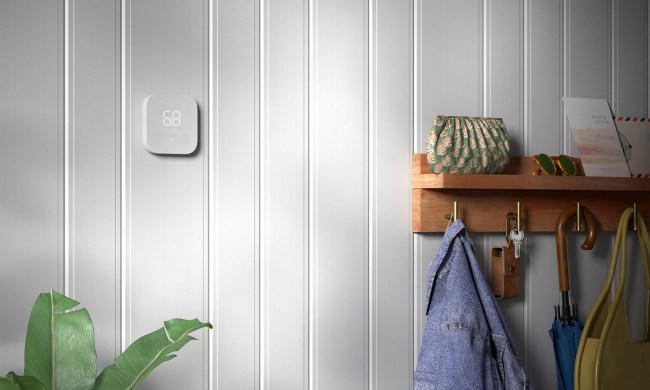
That’s the idea behind Rico, an upcoming device from Palo Alto-based starup MindHelix. The device allows you to take an old smartphone and leverage its sensors, processing power, and networking capabilities to create a highly-capable home automation/monitoring system on the cheap.
But here’s the kicker — Rico doesn’t necessarily need a smartphone in order to function. On it’s own, a slew of embedded sensors allow the device to operate as a motion detector, thermometer, humidity sensor, smoke/carbon monoxide alarm, and even an Internet access point for connected devices. If you happen to have a dusty old smartphone to put inside, however, you can give Rico a handful of additional functions. Put one inside, and the device can take advantage of your old phone’s speaker, microphone, HD camera, 3G connectivity, Wi-Fi, BlueTooth, and processor.

In the future, the company plans to produce it’s own range of accompanying connected devices like plugs, light sockets, door locks, and proximity tags, which would further expand Rico’s capabilities. For now though, they’re still working on bringing the device to production. MindHelix has recently launched a Kickstarter campaign to raise money for its first production run, and has already gathered up more than a quarter of its $100K goal. If you back the project now, you can lock down a Rico for around $120-$140, which is quite a bit cheaper than most other all-in-one smart home devices. Find out more here.



